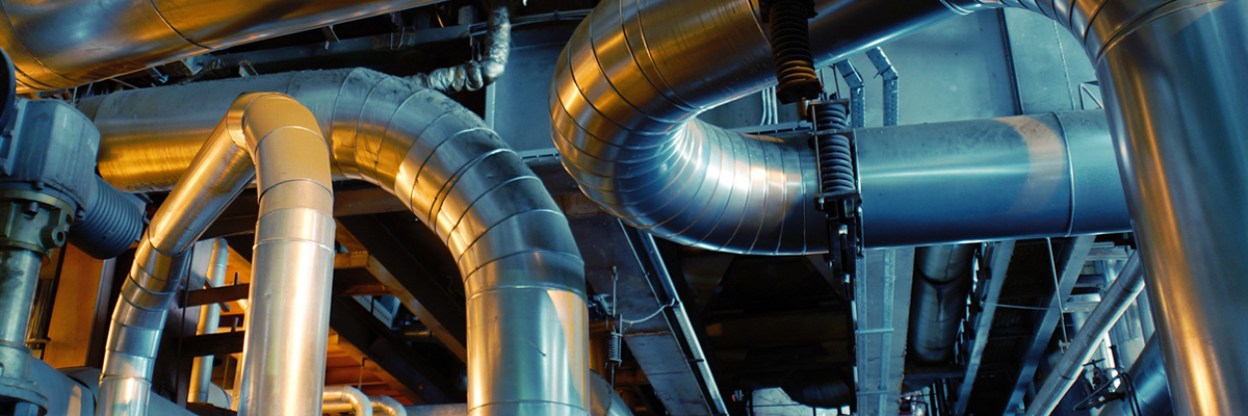I sleep well at night knowing our environment can handle the next five years of company growth without a hitch. As for the five years after that, my team now has the time to focus on continuous innovation so we’re always 10 steps ahead.
Ismaele Giunca, ICT and Services Lead, HOLINGER
Engineers are the invisible heroes responsible for our city infrastructure, managing waste and transport systems, to name but a few of their accolades. This is how Swiss engineering consultancy, HOLINGER, modernized its environment to empower its team with fast access to resource-intensive apps. ICT and services lead, Ismaele Giunca, reveals what kept him up at night, and how he can get a good night’s sleep with VMware.
New building projects come with big risks. Like flooding, for example. With increasingly erratic weather all over the world, someone must calculate the potential hazard of surface water runoff and make plans to mitigate it so motorists can travel safely.
Consulting companies like HOLINGER bring together world-leading experts on matters relating to the environment, engineering, and innovations in technology. With operations across 12 countries, however, it’s possible that HOLINGER experts on surface water runoff might be working in a different part of the world from the team developing a new highway. “A few years ago, our sites were optimized to work as independent, standalone offices. But now, things have changed,” says Giunca. “Empowering our team to work from anywhere isn’t just smart from a collaboration point of view, it’s better for reducing our transport carbon footprint and acting in a more sustainable way.”
The power of HOLINGER
Today, HOLINGER engineers can access relevant systems and data securely from their company-owned laptop. They can collaborate with subject matter experts, share ideas and work on CAD drawings without having to physically mail them to each other on DVDs.
That’s great news for staff and even better news for HOLINGER, which can focus on growth goals without having to worry about scaling up physical infrastructure, so society can benefit from more innovative developments.
With the increasing need for sustainable energy and adaptations needed for climate change, removing the barriers to productivity couldn’t have come at a better time. Let’s take a closer look at how HOLINGER went from on-premises to hybrid working in just a few years.
Business as usual, whatever life throws
Reducing risks is a way of life at HOLINGER. There isn’t an industry more aware of the threat of earthquakes, floods, fires, or the devastating impact of an ill-timed IT outage than the engineering sector.
While its original set up was great for ensuring business continuity if one office was hit by an outage, it wasn’t sustainable when it came to handling growing volumes of data. Staff struggled with latency issues, poor performance and, of course, the complexity of collaborating on projects.
HOLINGER decided to establish a pair of “active-active” data centers. It kitted out a new site in Zurich with VMware technology to provide next-level security, efficiency, and remote access, and replicated this at a mirror site 100 kilometers away in Basel. “Now, we have built-in redundancy, so if anything fails, the other data center will pick up the slack,” explains Giunca. “VMware Horizon supports remote working, and we use other VMware solutions to manage user authentication and apps.”
Fool-proof, future-proof technology
In total, around 40 terabytes of business-critical data are stored, secured and highly accessible for the right people. When the business grows―which is often by mergers and acquisitions―the IT team can simply scale up the infrastructure to accommodate an influx of new users.
Maintaining the environment is a breeze. Gone are the days of the IT team cramming upgrades and patching into evenings and weekends. They can now manage the infrastructure in real time with no impact on availability.
“I sleep well at night knowing that we have a secure, reliable, highly-performing environment,” says Giunca. “Engineers shouldn’t be worrying about whether they’ll be able to connect with a colleague or work on their designs if they’re in a remote area.”
By removing the barriers to productivity, HOLINGER can work faster and smarter, and it’s the citizens of Europe who will benefit from safer settlements, better waste management and transport links that are more resilient to climate change.
Read the full case study here.

